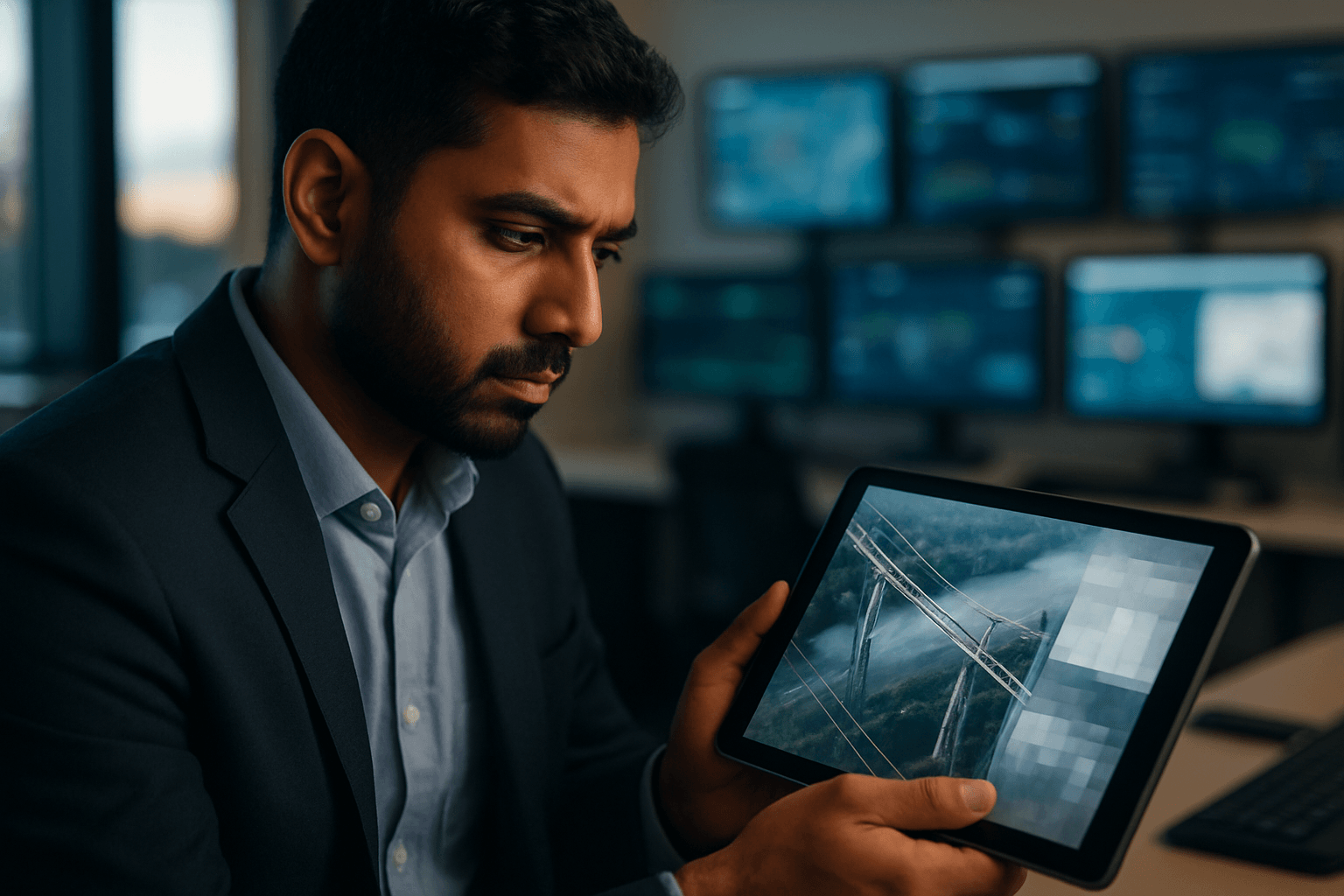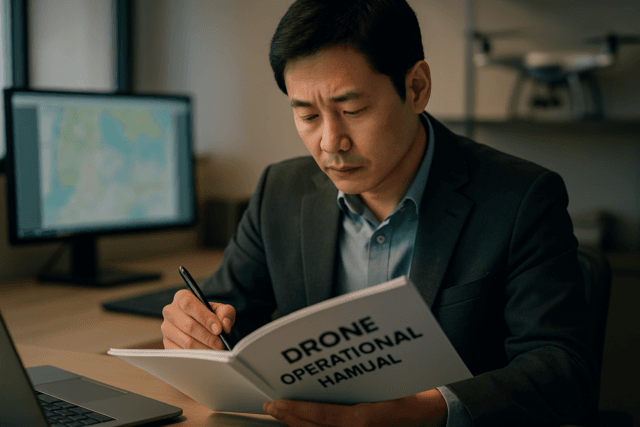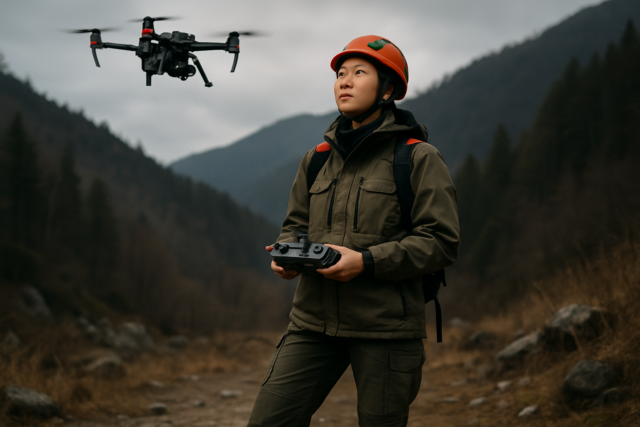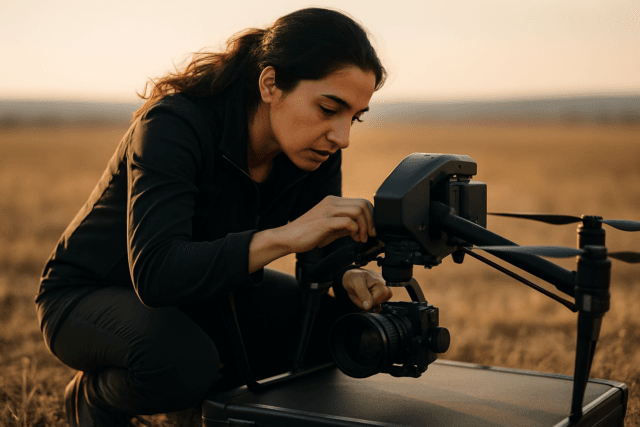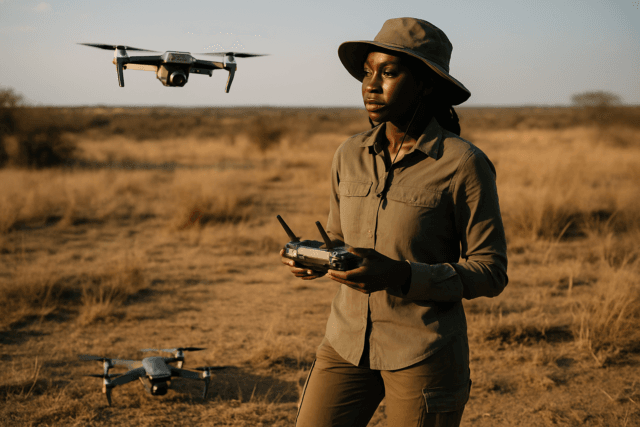The increasing adoption of drones for infrastructure inspection offers significant benefits in terms of efficiency, cost-effectiveness, and safety. However, the data collected by these Unmanned Aerial Vehicles (UAVs) often includes sensitive information, raising crucial privacy concerns. Ensuring the privacy of data collected by drones during infrastructure inspections requires a multi-faceted approach encompassing legal compliance, robust technical safeguards, and ethical operational practices.
Legal and Regulatory Frameworks for Drone Data Privacy
The legal landscape surrounding drone use and data privacy is complex and evolving, with regulations varying significantly across jurisdictions. Operators must navigate these frameworks to ensure compliance.
The General Data Protection Regulation (GDPR)
In the European Union, the General Data Protection Regulation (GDPR) sets stringent guidelines for the processing and storage of personal data, which directly apply to drone operations when identifiable personal data is collected. If a drone captures images or videos of people, it is processing personal data and is subject to GDPR rules. Key GDPR principles relevant to drone data include:
- Lawfulness, Fairness, and Transparency: Data collection must be lawful, fair, and transparent, with individuals informed about the data collection and processing.
- Purpose Limitation: Data should be collected for a specific, legitimate purpose and not used for other purposes without consent.
- Data Minimization: Only data necessary for the intended purpose should be collected.
- Accuracy: Collected data must be accurate and up-to-date.
- Storage Limitation: Data should be stored only for as long as necessary.
- Data Security: Robust cybersecurity measures are crucial to protect drone systems from unauthorized access and breaches.
Operators are required to obtain informed consent when personal data is captured, especially for sensitive data collection. In public spaces, informing individuals about recording through visible signs can be a practical step.
National and Local Regulations
Beyond overarching frameworks like GDPR, many countries and even specific states or municipalities have enacted their own laws governing drone use, often with a focus on privacy. For instance, some US states like California and Texas have laws restricting drone use to capture images or video of individuals in private spaces without consent. Operators must be aware of and comply with all applicable local, state, and federal laws.
Implementing Privacy by Design and Default
A fundamental approach to safeguarding data privacy in drone operations is integrating “Privacy by Design” (PbD) principles from the outset. This means incorporating privacy considerations into the design and development of drones, their software, and operational procedures.
Minimizing Data Collection
A core tenet of PbD is data minimization – collecting only the data strictly necessary for the intended purpose. This can be achieved through:
- Payload and Sensor Control: Drones should be equipped with software that allows fine-tuning control over sensors, enabling operators to collect only necessary data.
- Geofencing: Restricting drones from flying in specific, predefined areas like residential neighborhoods or around sensitive infrastructure helps prevent unintended intrusions and data capture.
- Automated Data Minimization Features: Implementing software features that automatically limit data collection, such as turning off recording when a drone strays from its flight path or allowing easy on/off toggling of sensors, can significantly reduce the amount of personal data collected.
Anonymization and Pseudonymization
To further protect privacy while retaining data utility for analysis, techniques like anonymization and pseudonymization are vital.
- Anonymization: This involves removing personally identifiable information (PII) from datasets so that individuals cannot be re-identified. Techniques include pixelating or blurring faces, and removing other direct identifiers.
- Pseudonymization: This technique replaces personal data with pseudonyms or fake identifiers, allowing for tracking data over time for an individual but requiring a separate, securely stored key for re-identification.
- Data Aggregation: Combining data aggregation with anonymization can further protect privacy while maintaining the usefulness of data for analysis.
It’s important to note that even blurred faces may not always prevent identification in contexts with other unique details, like house or car numbers.
Robust Technical Security Measures
Secure data handling is critical throughout the entire lifecycle of drone data, from collection to storage and transmission.
Encryption
Encryption is a cornerstone of secure drone data management.
- Encryption at Rest: All collected data, including images and sensor readings, should be encrypted while stored on the drone itself and in subsequent storage solutions. This protects sensitive information even if the drone is lost or compromised.
- Encryption in Transit: Data transmitted between the drone and the ground control station, or to cloud storage, must be encrypted using secure communication protocols like SSL/TLS or SSH to prevent interception. Virtual Private Networks (VPNs) can also be used for secure data transmission.
Effective key management is crucial, with encryption keys stored separately and securely.
Access Control and Authentication
Strict access controls ensure that only authorized personnel can access sensitive drone data. This includes:
- Multi-factor Authentication (MFA): Implementing MFA for access to drone systems and data storage adds an extra layer of security.
- Role-Based Access Control (RBAC): Limiting access to data based on an individual’s role helps prevent unauthorized parties from gaining access.
Software and Firmware Security
Regular updates and vigilance against vulnerabilities are essential.
- Regular Updates: Firmware and software on drones and ground control systems must be regularly updated to patch security vulnerabilities and enhance encryption measures.
- Secure Downloads: Software and firmware should only be downloaded from authenticated and secure vendor websites.
- Monitoring and Logging: Real-time monitoring and logging of systems can help detect and respond to security incidents.
Physical Security and Operational Awareness
Beyond digital security, physical considerations are also important.
- Tamper-Proof Hardware: Drones with hardware that can detect and alert users of physical tampering attempts enhance security.
- Lens Covers: Using camera lens covers when not actively recording can prevent unintended visibility and data capture.
- Data Erasure: After each use, operators should erase any unnecessary personal data from the drone and removable storage devices.
- Awareness of Surroundings: Drone operators must be aware of their surroundings and avoid capturing sensitive information.
Ethical Considerations and Accountability
Beyond legal and technical measures, ethical considerations play a vital role in responsible drone use.
- Transparency: Informing individuals about drone operations and data collection is crucial for building trust.
- Public Engagement: Engaging with local communities to understand and address their concerns about drone use can foster positive public perception.
- Data Protection Impact Assessments (DPIAs): Conducting regular DPIAs helps identify and mitigate privacy risks associated with drone operations.
- Training: Ensuring that all personnel handling drone data are trained on data protection best practices is essential.
- Clear Policies: Establishing clear policies for data handling, sharing, and retention is paramount.
By proactively implementing these comprehensive measures, organizations can leverage the benefits of drone technology for infrastructure inspection while upholding the privacy rights of individuals and maintaining public trust.

